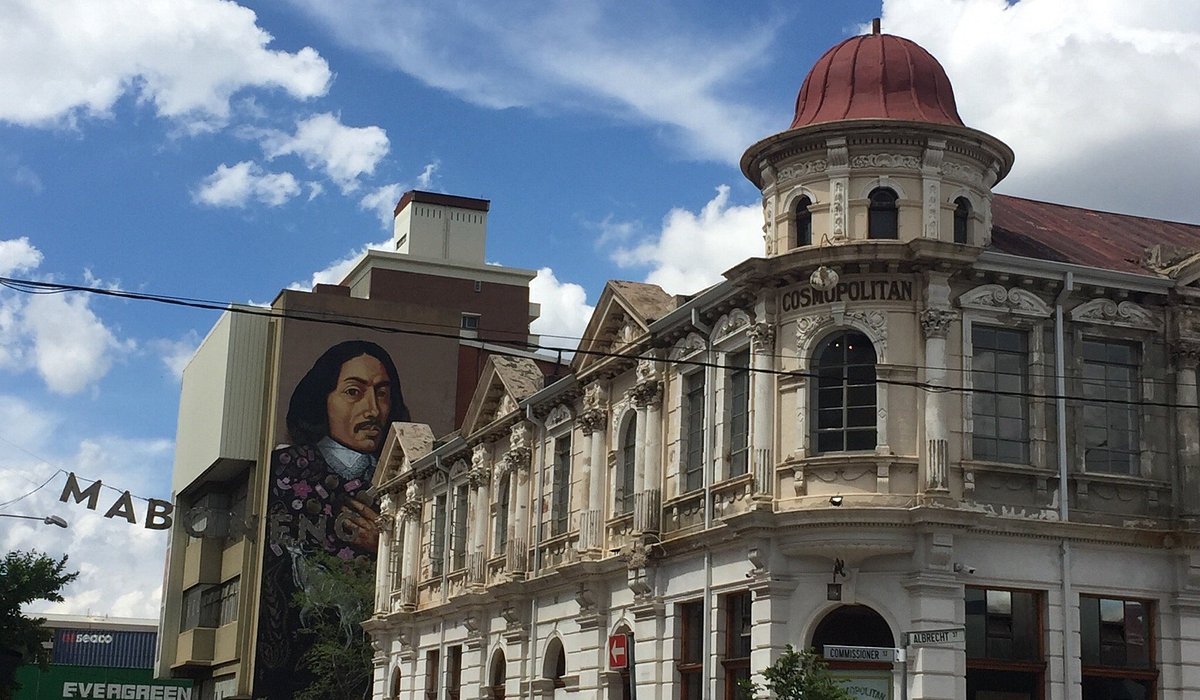Not known Factual Statements About Johannesburg North Attractions
Johannesburg North Attractions Can Be Fun For Anyone
Table of ContentsLittle Known Facts About Johannesburg North Attractions.Little Known Facts About Johannesburg North Attractions.9 Simple Techniques For Johannesburg North AttractionsAn Unbiased View of Johannesburg North AttractionsThe Basic Principles Of Johannesburg North Attractions Johannesburg North Attractions for Dummies
The city grew on the edge of the Witwatersrand Key Reef, a subterranean stratum of gold-bearing quartz-silica empire that arcs for hundreds of miles underneath the Highveld - Johannesburg North attractions. Most of the gold mines in the city discontinued operation in the 1970s, yet in its day the Witwatersrand gold sector accounted for more than 40 percent of the world's yearly gold manufacturing.Johannesburg has a temperate environment. The city enjoys regarding 8 hours of sunlight per day in both winter months and summertime.
What rainfall the city receives falls virtually solely in the summer season months, commonly in incredible late-afternoon electrical tornados. Air pollution positions a substantial problem, particularly in the wintertime months, when thermal inversions hamper the westward circulation of air from the Indian Ocean. Contamination is most extreme in the largely resolved Black townships on the city's perimeter, where numerous citizens still rely upon coal for fuel.

The Ultimate Guide To Johannesburg North Attractions
The balance of the city is inhabited by whites. Holiday accommodation varies in personality and quality. Soweto is well-known for its countless rows of municipally built, two-room matchbox homes, yet it additionally has a couple of prosperous enclaves along with teeming squatter camps, where tens of thousands live without water, power, or sanitation facilities.
Physical development, although rather limited by transportation, continued swiftly as immigration to South Africa, and Johannesburg particularly, raised considerably. This trouble was solved in the 1930s when the automobile was introduced in automation to South Africa. Cars were, essentially, constrained to the wealthy, and allowed them to relocate to the north of the city and commute into the centre.
Many poor residential areas were blended, with poor blacks and whites living with each other, although the rich residential areas were normally reserved for whites.
The previous system of eleven numbered regions was reorganised in 2006. Marshalltown, as seen from the top of the Carlton Centre. The M1 and M2 run behind the buildings, and the southerly suburban areas expand past the highway border. The inner city of Johannesburg is situated within the city's Area F. The number of individuals living in the inner city on an informal basis is unknown, as lots of are prohibited immigrants. The joblessness, education, and age profiles of the area are all unknown, due to the problem of getting reliable details about the area.
The 3-Minute Rule for Johannesburg North Attractions
Yeoville and Bellevue have a mix of home structures and solitary property devices on little whole lots. The area lies on a mountainous divide that ranges from east to west. The most obvious geographical attribute is Observatory Ridge, which is named for the large observatory situated on it. The recreational areas are no more used, because of security problems.

Johannesburg Arena, a training school for both the Golden Lions and Orlando Pirates, is nearby. The eastern suburban areas of Johannesburg are situated in the city's 7th [] and 9th [] regions. The location is likewise functionally incorporated with East Rand boundary communities outside of the official linked here boundary of Johannesburg, such as Bedfordview and Edenvale (both part of Ekurhuleni Metropolitan District).
Rumored Buzz on Johannesburg North Attractions
R. Tambo International Flight Terminal). The eastern residential areas are several of the earliest areas of Johannesburg, there are huge communities of Jewish and other European histories, the majority of the populace is English speaking. There are three golf links in addition to a number of protected ridges with viewsites. There are numerous strong and up-market entertainment and buying locations in the eastern such as the Eastgate Shopping Centre and the Greenstone purchasing centre.
The area is primarily composed basics of old "matchbox" residences, or four-room residences developed by the federal government, that were constructed to supply economical accommodation for black workers throughout racism. Soweto is an acronym, representing "South Western Townships". Street after street in this field is lined with matchboxes; nonetheless, there are a few smaller locations where thriving Sowetans have actually developed houses that are more comparable in stature with those in more wealthy suburban areas.
Hostels are another prominent physical feature of Soweto. Initially constructed to house male migrant workers, several have been enhanced as dwellings for pairs and families. The N1 Western Bypass skirts the eastern border of Soweto. The suburb was not traditionally permitted to create work centres within the location, so almost all of its residents are commuters to various other parts of the city.
Facts About Johannesburg North Attractions Uncovered
The N1 Western Bypass links the north suburbs with the north-western suburban areas. The houses in the northern residential areas are primarily official, without substantial areas of casual real estate, or housing that does not have a permanent structure. Although this is an established area, there is a trend of land use change from residential to commercial, specifically along major arterial roadways and around recognized nodes.
The area is well attached to roadway networks, particularly along the north-south axis developed by the M1 and N1. Roadways to the east and west are less well established, as there are no freeways travelling link because instructions. Towards the northern border of the city, the density of development reduces, leaving huge locations of untaught land around Midrand.
Johannesburg North Attractions Things To Know Before You Buy
, which is located on a hill overlooking the inner city and Hillbrow.